Money out of thin air: a failure that turned into the creation of a corporation with an annual turnover of $4 billion (15 photos)
Did you know that the wrapping material for protecting fragile items, popularly known as bubble wrap, was originally intended to be a new-fangled, innovative wallpaper? 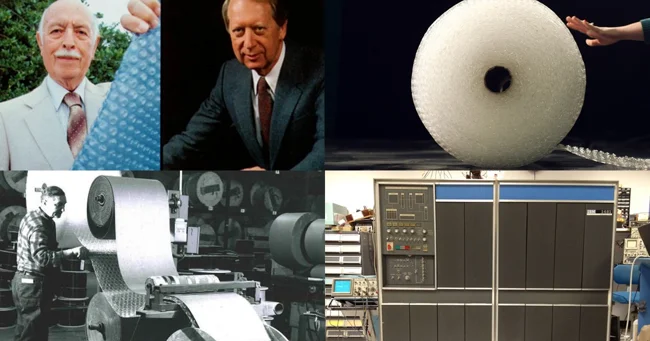
All the most ingenious things, as it is introduced, were invented on the knee in one of the garages (a reference to the Apple empire of Steve Jobs). 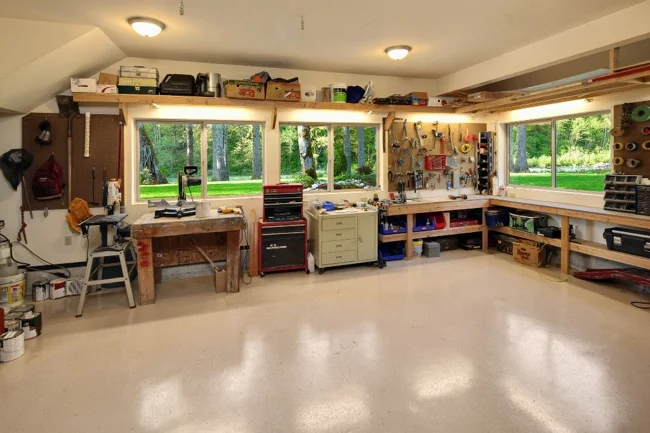
In the town of Hawthorne, two engineers Alfred Fielding and Marc Chavanne are working on plastic wallpaper. Only unlike Apple, the invention turned out to be a complete failure at first glance. 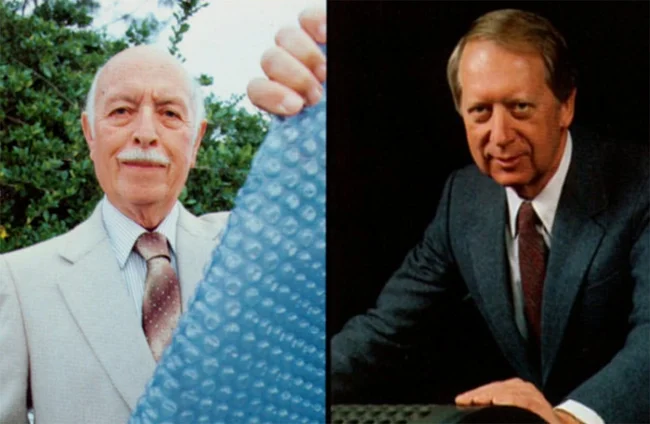
They created their invention in 1957, the same year the rocket was launched into space. Along with the alien appearance, the inventors believed that their wallpaper would be popular due to its ease of cleaning. 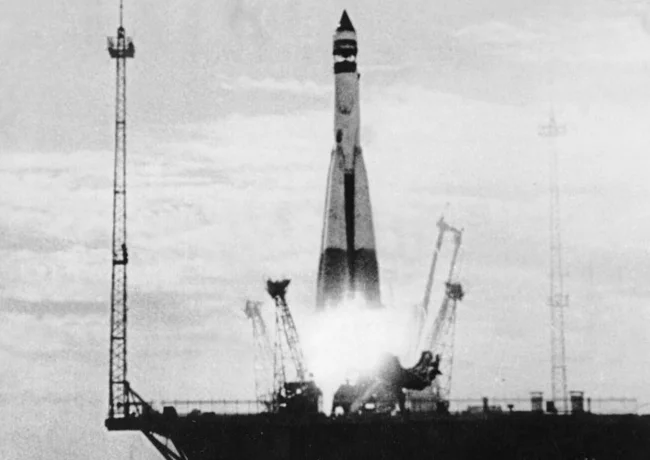
The Americans, although embraced by a universal love for the unknown space and bold futuristic ideas, did not enthusiastically accept the newfangled wallpaper from the two engineers. 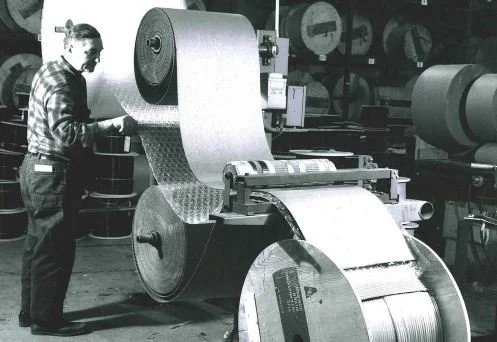
Fielding and Chavan suffered losses; they printed a whole batch on their own press, but there were no people willing to buy it. 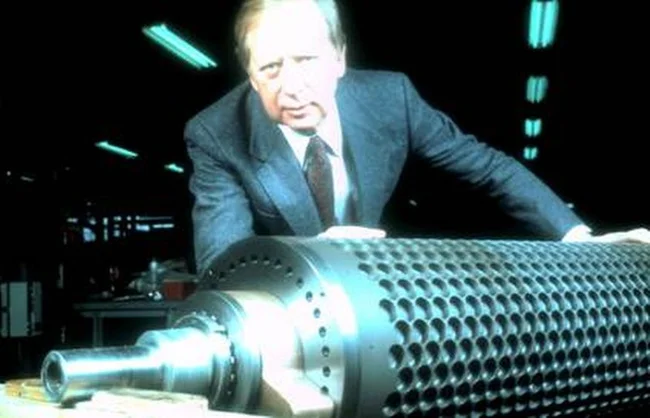
Having failed with the original application idea, they tried to rebrand.
The first of these attempts was to sell failed wallpaper to farmers as an insulating material. 
But it didn’t turn out so well, because the film did not protect from the heat and did not retain heat well.
Frederick Bowers came to their aid and offered to sell a batch of pimply wallpaper as packaging material for IBM. 
In 1959, they just created a computer with the size of two refrigerators and a memory a million times less than a computer with one gigabyte of RAM. 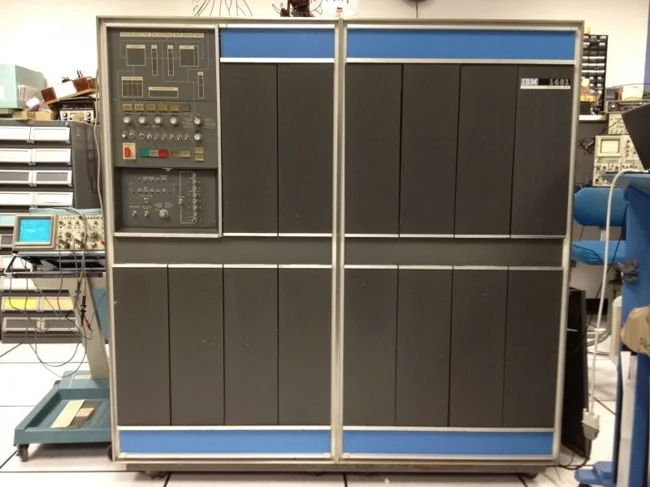
This is one of the first successful computers produced by IBM. Along with the growth in sales, the demand for wrapping material has also increased. At that time, foam plastic was not so popular, so fragile computer components required special attention. 
The invention of Fielding and Shawan found its application. Following IBM, other companies learned about the miracle film and turned to the company of its creators. 
Bubble film began to be produced by Sealed Air under the brand name Bubble Wrap.
Fielding and Shawan were literally able to make money out of thin air. A modest garage company has grown into one of the most successful corporations with an annual turnover of four billion dollars. 
Perhaps the inventors did not think that their wallpaper would first turn into wrapping material and then into anti-stress therapy. Office workers or others began to explode air bubbles while removing packaging from household items. 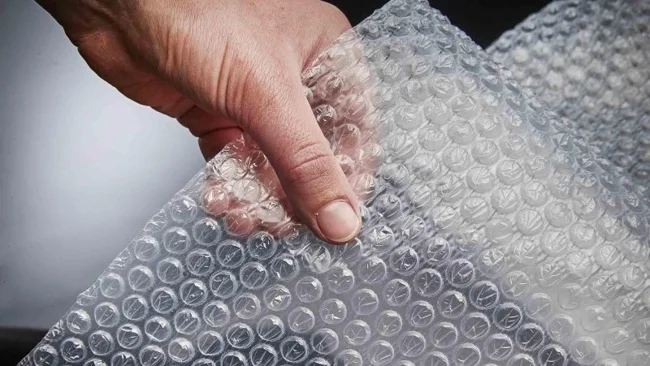
Some people get so carried away by this activity that they cannot stop.
Unfortunately, this homemade anti-stress toy may soon cease to exist altogether. Analysts at Sealed Air considered that selling “air” is no longer so profitable. 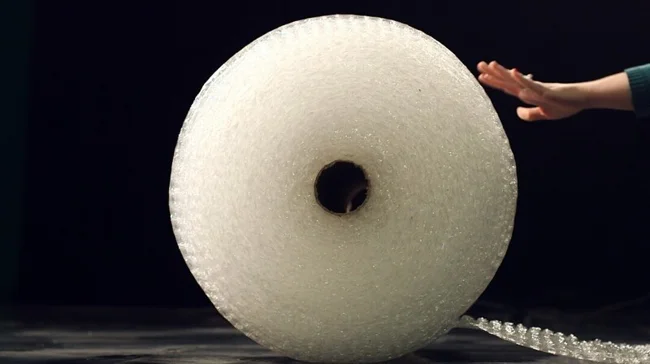
So they developed the iBubble Wrap, which is a flat sheet of plastic. This is a film in which bubbles do not inflate during production. Air fills the bubbles already at the delivery point, that is, in warehouses. The trick of this innovative invention is that the pimples will not burst, because when you press them, the air will move into others.
This approach will reduce the cost of transporting bubble wrap by 98%. 
Like Steve Jobs, who started his business in a garage, Alfred Fielding and Marc Chavanne will no longer see such “mockery” of their invention. They both died in 1994, despite a significant age difference.
